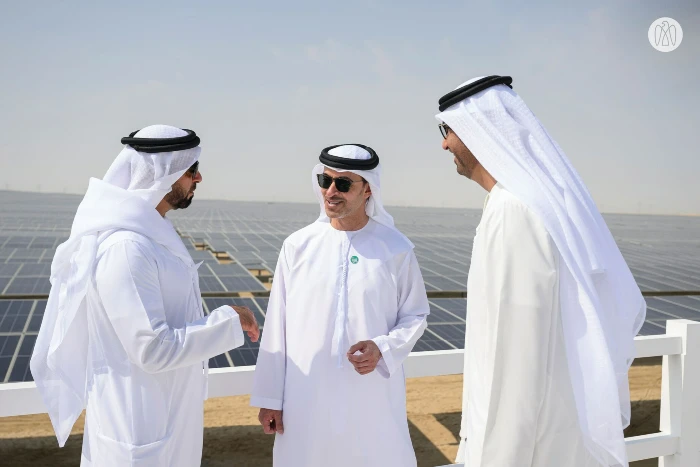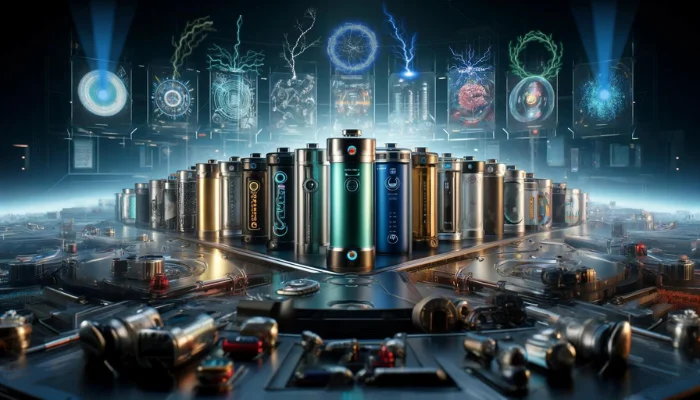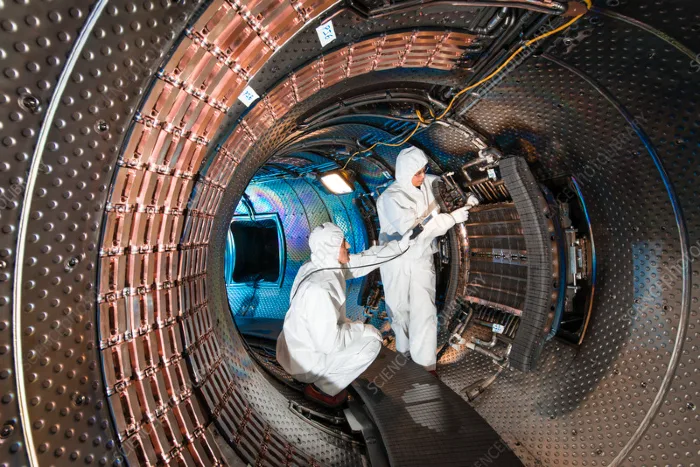In a landscape where the golden desert meets the blue sky, a new chapter in renewable energy has begun with the launch of the Al Dhafra Solar Farm in the United Arab Emirates. This colossal project, now recognized as the world’s largest single-site solar farm, stands not only as a testament to human ingenuity but also to the UAE’s earnest commitment to sustainable energy practices.
The Dawning of Al Dhafra
Nestled 22 miles from the bustling heart of Abu Dhabi, Al Dhafra is a marvel of modern engineering. With its expansive array of almost 4 million bifacial solar panels, this 2 gigawatt (GW) facility is poised to transform the way we think about energy. The sheer scale of Al Dhafra is awe-inspiring—it’s set to power roughly 180,000 homes while eliminating over 2.4 million tons of carbon emissions each year, making a tangible impact on our global carbon footprint.
The solar farm covers 20 square kilometers, or 7.7 square miles, of desert.
The project was estimated by the government of Abu Dhabi to cost an approximate $1 billion, although solar industry experts believe the price is likely higher.

The Human Element
Beyond the impressive numbers and statistics lies a story of human endeavor. At the peak of its construction, Al Dhafra was a hive of activity, providing jobs for 4,500 people working at a rapid pace, installing an average of 10 megawatts (MW) of solar panels per day.
This groundbreaking project is the brainchild of a partnership between the Abu Dhabi Future Energy Company (Masdar), Abu Dhabi National Energy Company (TAQA), EDF Renewables, and JinkoPower. The unique collaboration brought together expertise and resources from across the globe, with TAQA holding the lion’s share of 40%, and Masdar, EDF Renewables, and Jinko Power each owning 20%.
Under a power purchase agreement signed in 2020, the solar farm now fuels the Emirates Water and Electricity Company (EWEC), marking a significant milestone in the UAE’s journey towards sustainable energy.
The Bigger Picture: Al Dhafra in the Context of COP28 and Beyond
The timing of Al Dhafra’s launch is no coincidence. With the UAE set to host COP28 in Dubai, the unveiling of this solar farm isn’t just a matter of good public relations; it’s a bold statement of intent.
The UAE is navigating a complex energy landscape, balancing its rich oil history (and sole contributor to the wealth of the nation and ruling family) with a forward-looking approach to renewable energy.
The UAE Energy Strategy 2050 envisions a diverse energy mix, aiming to achieve carbon neutrality by 2050. This strategy, while ambitious, isn’t without its challenges, especially given the country’s reliance on fossil fuels.

A Note About Large Projects in the UAE
The United Arab Emirates, like many of its neighbors, is an absolute monarchy, meaning the state frequently chooses not to release information associated with labor issues, human rights, environmental impact, and waste produced by the construction of the project.
More To Discover
- Biden’s Climate Strategy Hits Oil Industry with Methane Fines: They Had 3 Years to Prepare, They Didn’t; Now the Bills Are Due
- Beneath Our Feet: Earth’s Busiest Habitat Is In Danger
- Nestle, Kellogg’s and Colgate Palm Oil Supplier Deforested 50 Square Miles Of Peru’s Amazon Rainforest
- Fiji Water: A Nightmarish, But Amusing (Thanks To Cleveland) Greenwashing Story
Projects such as this would normally include an Environmental Impact Assessment (EIA). This assessment would evaluate the potential effects on local ecosystems, land use, and biodiversity; in democratic nations, this is often released publicly, or can be readily attained by media outlets.
Given the scale of Al Dhafra, it’s likely that such an assessment was conducted, but the specific findings or mitigation measures taken haven’t been reported by the government. This is a common occurrence throughout non-democratic countries.





















